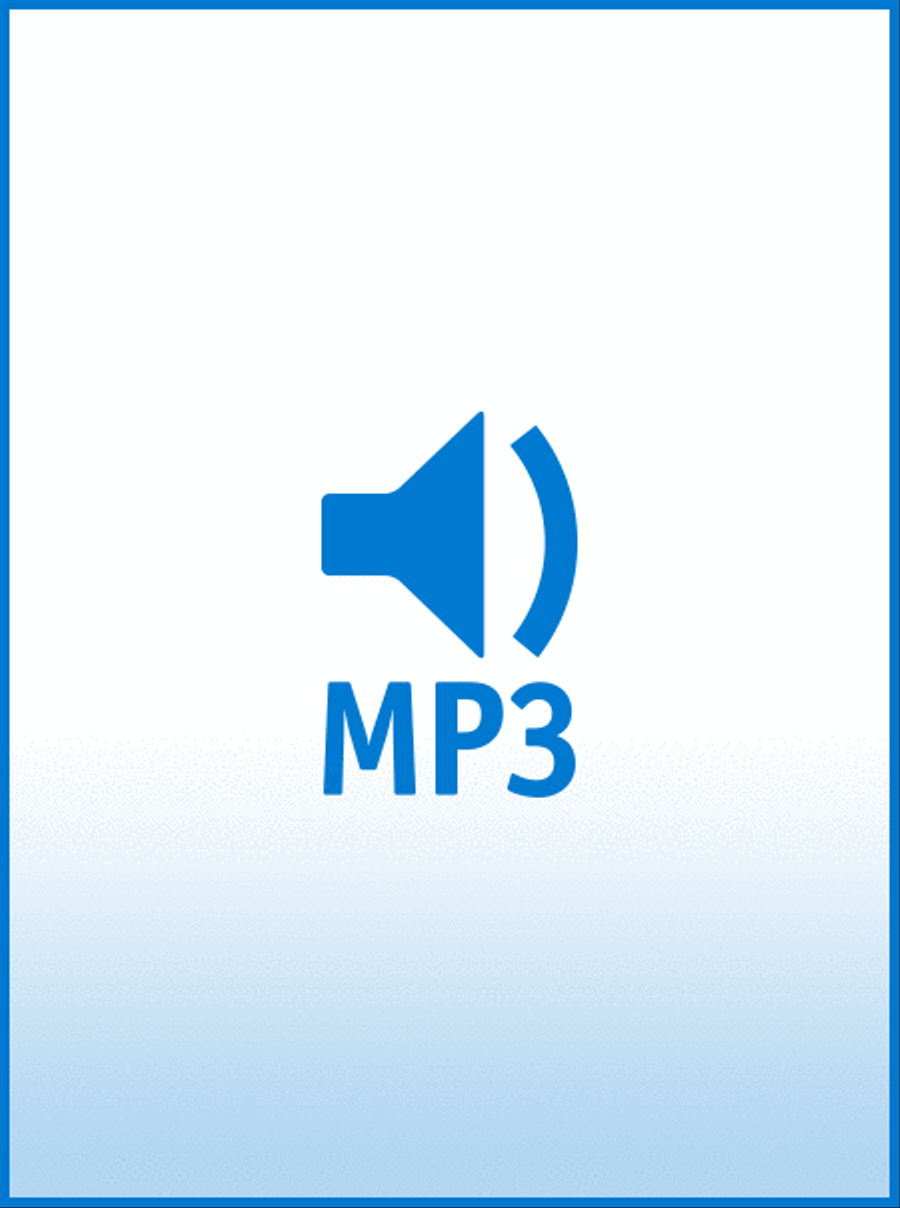Bassoon,Cello,Clarinet,Double Bass,Drums,Flute,Harp,Horn,Oboe,Organ,Piano,Timpani,Trombone,Trumpet,Viola,Violin,Xylophone - Digital Download SKU: A0.1070251 Composed by Tito Abeleda. Concert,Contemporary. Full Performance. Duration 162. Visionary Quest Records #4794299. Published by Visionary Quest Records (A0.1070251). Full Orchestra: Flutes 1-2, Oboe 1-2, Clarinet 1-2, Bassoon 1-2, Trumpet 1-2, Horn 1-2, Trombone 1-2, Timpani, Tom-Tom, Concert Bass Drum, Cymbal, Wood Blocks, Xylophone, Piano, Organ with Pedals, Harp, Violin 1-2, Viola 1-2, Violoncello 1-2, Contrabass 1-2 Composed by Tito Abeleda (1964 - ) Digital Download Music score plus parts = 92 Pages, Duration 2 minutes 37 secondsMP3 is HQ CD Quality Recording of Music recorded at 48,000 hz 320 kbps. This song musically expresses what the title states. It is well suited in teaching students how action underscore with a chase, running, or searching scene work. Likewise, this piece can be used as an underscore for such scenes. The score has the timer marking used when composing for film. The timer adjusts to the tempo. Because timing is of the essence in film scoring, theses markers are helpful to the composer in adjusting tempo as needed and for overall ending time. his piece is on the upcoming neoclassical and cinematic album entitled Pathos set for release on 11/29/2019. Pathos is a collection of emotional and passionate neoclassical and cinematic songs from orchestral, string ensemble to piano solos and piano ensemble music composed and produced by Tito Abeleda. This is a preview of the upcoming music album scheduled for official release on November 29, 2019 Black Friday. Be a part of Tito's 23,500 followers on Spotify and follow him at http://bit.ly/Spotify_TitoAbeleda. The album will be delivered to you on the day of release.Pre-save album links - http://bit.ly/PathosMusicAlbumLinksBuy now with Bonus Sheet Music on BandCamp - http://bit.ly/PathosAlbum_TitoAbeledaPre-order on Google Play - http://bit.ly/PathosAlbum_GooglePlayPre-order on Apple Music - http://bit.ly/PathosAlbum_AppleMusicPre-order on Amazon Music - http://bit.ly/PathosAlbum_AmazonAlbum song list:Pathos (for String Sextet)The New World PowerTempus Fugit (for Piano)Running, Searching (for Piano)JingyiProcession in D Minor (for Four Pianos and Eight Hands)Running, Searching (for Orchestra)Forged in FireMissing You (for Piano)Contact info: Tito AbeledaVisionary Quest Recordshttps://www.visionaryquestrecordsEmail: tito@visionaryquestrecords.comFollow Tito on Social Media:Facebook: https://www.facebook.com/titoabeledaTwitter: https://twitter.com/titoabeledaInstagram: https://www.instagram.com/tabeledaYouTube: https://www.youtube.com/c/titoabeledaSpotify: http://bit.ly/TitoAbeleda-on-SpotifyiTunes/Apple Music: http://bit.ly/TitoAbeleda_iTunesPerforming Rights Organization is BMI.com.Customer Service: 800-925-8451
